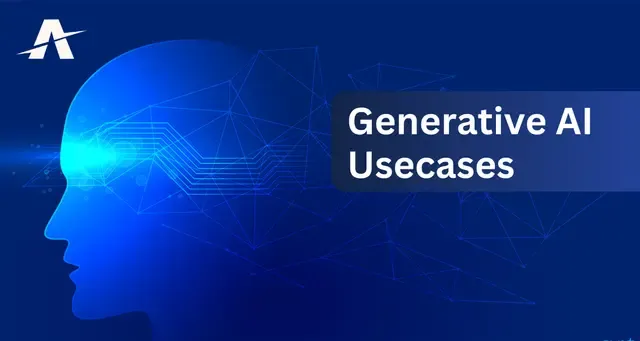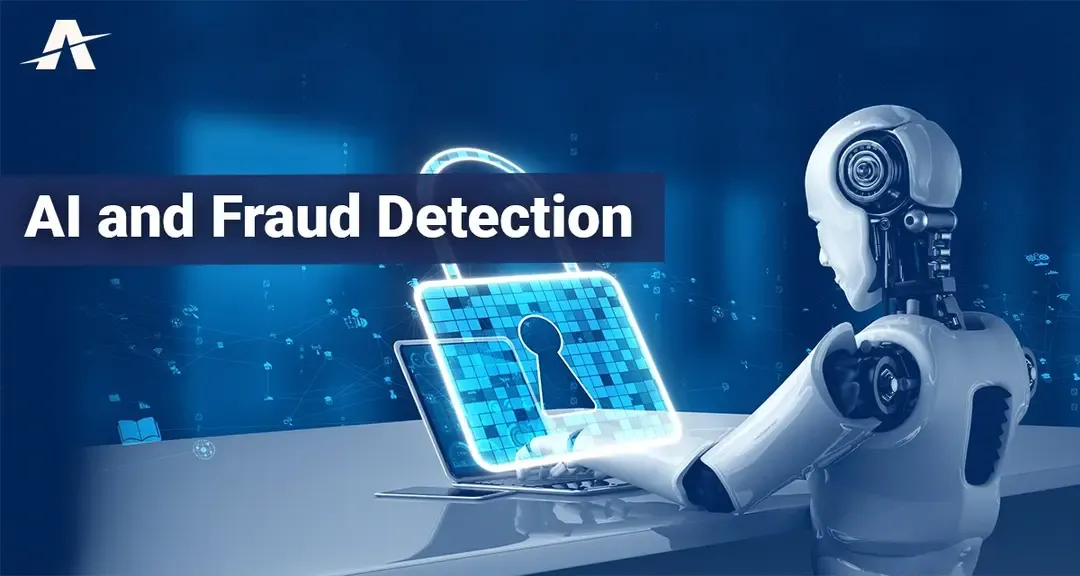
Introducing ERC-3643, the token standard empowering real-world assets (RWAs) in the blockchain realm. Built on the Ethereum blockchain, ERC-3643 enables asset ownership and trading by bridging the gap between physical and digital assets.
As the demand for tokenizing real-world assets continues to surge, ERC-3643 emerges as the latest standard, providing a secure and efficient framework for representing tangible assets such as real estate, art, and commodities on the blockchain.
It streamlines asset digitization, ensuring compliance, security, and transparency in peer-to-peer interactions. This standard redefines how we perceive tangible assets, revolutionizing transactions involving real estate tokens and value transfer.
Despite its complexity compared to standard tokens, ERC-3643 uniquely represents physical goods like properties and artworks. Its significance lies in simplifying tokenization while adhering to diverse regulatory requirements and upholding transparency in decentralized systems. Notably, ERC-3643 innovatively handles legal intricacies tied to property ownership, portraying ownership rights on the public chain.
This article explores the key features of ERC-3643, its benefits for asset owners and investors, and its impact on the future of asset tokenization. Additionally, we'll cover the technical details, highlighting the secure nature of ERC-3643 tokens and the seamless integration with existing Ethereum-based platforms.
Understanding token standards in blockchain
Blockchain technology has significantly transformed the world of finance and investments, enabling the creation of digital assets that can be securely stored and traded. Token standards, such as ERC-20 and ERC-721, have played a crucial role in defining the rules and functionalities of these digital assets on the Ethereum blockchain. However, until recently, there was a lack of a specific token standard for representing real-world assets on the blockchain.
The need for a token standard for real-world assets
Real-world assets, such as real estate, art, and commodities, have traditionally been illiquid, making them less accessible for investors. Tokenizing these assets by representing them as digital tokens on the blockchain has the potential to unlock liquidity and democratize access to these markets. However, without a standardized framework, the process of tokenizing real-world assets can be complex and inefficient.
This is where ERC-3643 comes into play. ERC-3643 is a token standard specifically designed for representing real-world assets on the Ethereum blockchain. It provides a clear and efficient framework for asset owners to tokenize their assets and for investors to trade and invest in these tokens.
How ERC-3643 works
ERC-3643 leverages the power of smart contracts to enable the creation and management of real-world asset tokens. Asset owners can tokenize their assets by deploying a smart contract that conforms to the ERC-3643 standard.
ERC-3643's functionality within the T-REX architecture:
1. Identity Contract:
Every user gets an Identity Contract to handle their identity and store related claims. This contract sticks to the ERC725 standard, ensuring it's secure and works well with other systems.
2. Claim Topics Registry Contract:
This part manages different topics for claims that can be included in an identity through the contract. Think of it like a library of potential claims, offering an organized way to add and handle these attributes.
3. Claim Issuers Registry Contract:
This contract controls which entities are allowed to issue claims. It's like a trusted list (or whitelist) of claim issuers, making sure that only verified entities can confirm a user's identity.
4. Basic Compliance Contract:
This contract checks if an identity meets the rules. It's like a gatekeeper, allowing only compliant identities to join transactions. It confirms if an identity follows the rules based on the claims it presents.
5. Identity Registry Contract:
This contract keeps a record of all identities in one place. It's like a phone book, offering a central spot to check and confirm users' identities within the system.
Key Functions of ERC-3643 Tokens
ERC-3643 tokens are designed for real-world assets on the Ethereum blockchain, with key functions as follows:
1. Asset Representation:
ERC-3643 tokens aren't just digital markers; they embody real estate, art, and commodities, packed with vital ownership data, legal specifics, and compliance details.
2. Interoperability:
It allows for seamless integration into various DeFi protocols. These tokens become a part of multiple DeFi applications, amplifying their value across the expansive blockchain landscape.
3. Facilitates Protocols:
Leveraging Ethereum's smart contracts, ERC-3643 tokens bring programmability to the forefront. Picture self-executing protocols governing the transfer, distribution, and governance of tokenized assets, all with configurable ease.
4. Legal Compliance:
ERC-3643 incorporates regulatory compliance, tackling crucial concerns linked to tokenizing real-world assets. This standard establishes pathways to follow jurisdictional rules and offers clear guidelines on how to tokenize assets, preventing legal violations.
5. Fractionalized Ownership:
ERC-3643 contracts enable fractionalized ownership, breaking down physical assets into tradeable parts. This functionality opens doors for more investors to engage with high-value assets, boosting their liquidity in the market.
6. Immutable Ownership Records:
ERC-3643 tokens' ownership is securely recorded on the blockchain, making them immutable and incredibly transparent. This unchangeable ledger offers a dependable and verifiable record, enhancing the security of tokenized assets.
7. Upgradability:
ERC-3643's design allows for upgrades, erasing the necessity to shift to a different smart contract. This flexibility enables the system to adapt and grow alongside the ever-changing technological landscape and evolving policies.
Use Cases of ERC-3643
1. Real Estate Tokenization:
Function: Divides real estate assets into smaller tokens.
Benefit: Enables property owners to tokenize assets, allowing investors with limited capital to invest in high-value properties through fractional real estate ownership.
2. Art & Collectibles:
Function: Splits unique art pieces into digital shares allowing partial ownership.
Benefit: Increases liquidity in the art market, offering partial ownership of valuable artworks to a wider audience.
3. Commodities Tokenization:
Function: Digitizes physical commodities like gold, agriculture products into digital assets.
Benefit: Facilitates trading on blockchain platforms, enhancing liquidity for traditionally physical assets thereby allowing retail and institutional investors to invest in commodities.
4. Private Equity & Venture Capital:
Function: Tokenizes equity in private companies or startups.
Benefit: Opens investment opportunities to ordinary investors, democratizing access to private company equity.
5. Intellectual Property Tokenization:
Function: Represents patents, copyrights, and trademarks digitally.
Benefit: Allows IP owners to tokenize their works for secure transactions on the blockchain enabling transparent and traceable ownership of IP.
6. Tokenization in Gaming:
Function: Applies ERC-3643 to represent assets in gaming.
Benefit: Ensures transparent and secure trading of virtual assets within gaming ecosystems which is a good function for gaming and metaverse platforms.
7. Supply Chain Financing:
Function: Digitizes physical items at different stages of the supply chain.
Benefit: Enhances transparency and efficiency in supply chain financing by tokenizing real-world items.
Benefits of using ERC-3643 for real-world assets
The adoption of ERC-3643 brings numerous benefits for both asset owners and investors. Firstly, tokenizing real-world assets using ERC-3643 enhances their liquidity. By representing assets as tokens on the blockchain, ownership rights can be easily transferred, enabling asset owners to access a larger pool of potential buyers. This increased liquidity opens up new opportunities for asset owners to monetize their holdings.
Secondly, ERC-3643 enables fractional ownership of real-world assets. By dividing an asset into multiple tokens, investors can purchase fractions of an asset, allowing for more affordable investments. This fractional ownership model also enables diversification, as investors can hold a portfolio of different real-world assets through the purchase of their respective tokens.
Lastly, ERC-3643 promotes transparency and trust in the tokenization process. The use of smart contracts ensures that the rules and conditions of the asset token are clearly defined and enforced. Additionally, the immutability of blockchain technology provides an auditable and tamper-proof record of ownership and transaction history, reducing the risk of fraud and disputes.
Challenges and limitations of ERC-3643
While ERC-3643 offers significant benefits, it also faces some challenges and limitations. One of the key challenges is the need for regulatory compliance. Tokenizing real-world assets raises legal and regulatory considerations, especially when it comes to issues such as investor protection, anti-money laundering (AML), and know-your-customer (KYC) requirements. It is essential for asset owners and stakeholders to navigate these regulations in order to ensure compliance and mitigate risks.
Another limitation of ERC-3643 is the potential for market fragmentation. As more projects adopt ERC-3643, different implementations and variations of the standard may emerge, leading to a lack of interoperability and liquidity across different platforms. This fragmentation could hinder the growth and adoption of ERC-3643 as the standard for real-world asset tokenization.
Implementing ERC-3643 in your blockchain project
If you are considering implementing ERC-3643 in your blockchain project, there are a few key steps to follow. Firstly, familiarize yourself with the ERC-3643 standard and its technical specifications. Understanding how the standard works will help you design and develop the smart contracts necessary for tokenizing real-world assets.
Next, ensure that your project complies with legal and regulatory requirements. Engaging legal experts and consulting with regulatory bodies will help you navigate the complex landscape of tokenizing real-world assets and ensure compliance with applicable laws.
Finally, consider the user experience and interface design of your decentralized application or platform. Creating an intuitive and user-friendly interface will attract more users and facilitate the seamless tokenization and trading of real-world assets.
AskGalore.com is one of the top blockchain development company providing Web3 technology services and can help with implementing the ERC-3643 standard for your blockchain project.
Comparison with other token standards for real-world assets
While ERC-3643 is the latest token standard for real-world assets, it is not the only one available. Other token standards, such as ERC-20x, ERC-1155 ERC-1400 and ERC-6960, also provide frameworks for representing real-world assets on the blockchain. Each standard has its own unique features and characteristics, and the choice of standard depends on the specific requirements of the project.
Compared to ERC-20x, ERC-3643 offers enhanced functionality specifically tailored for real-world asset tokenization. ERC-3643 provides a more comprehensive and standardized approach, ensuring compatibility and interoperability across different platforms. On the other hand, ERC-1155 offers a more flexible token standard that allows for the creation of both fungible and non-fungible tokens, making it suitable for projects that require a combination of both types of assets.












